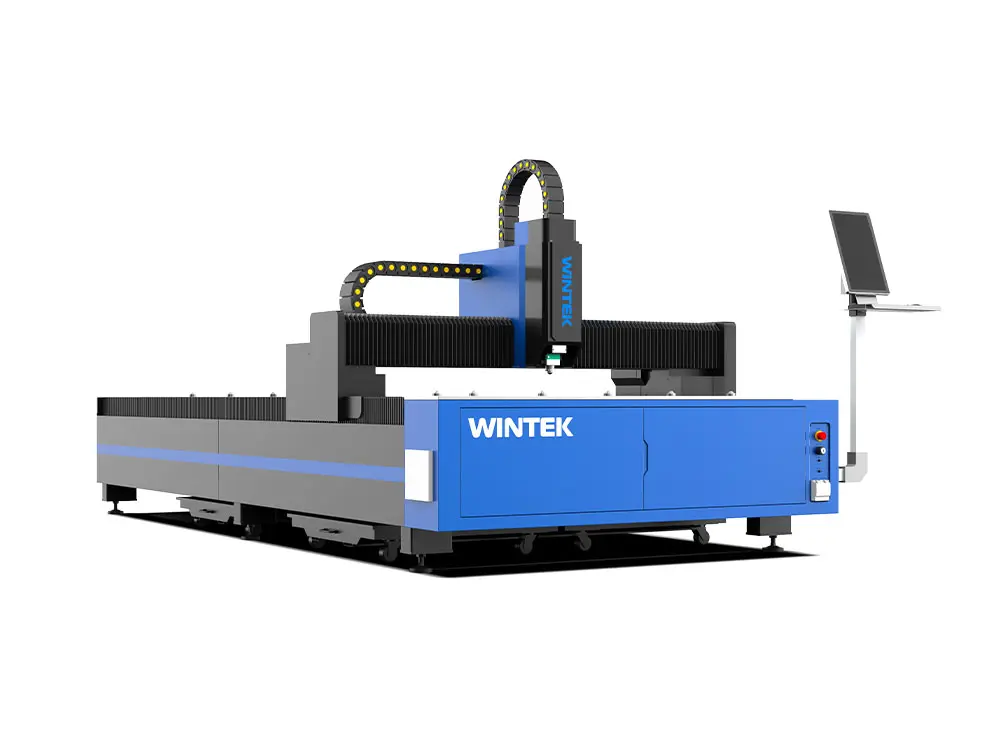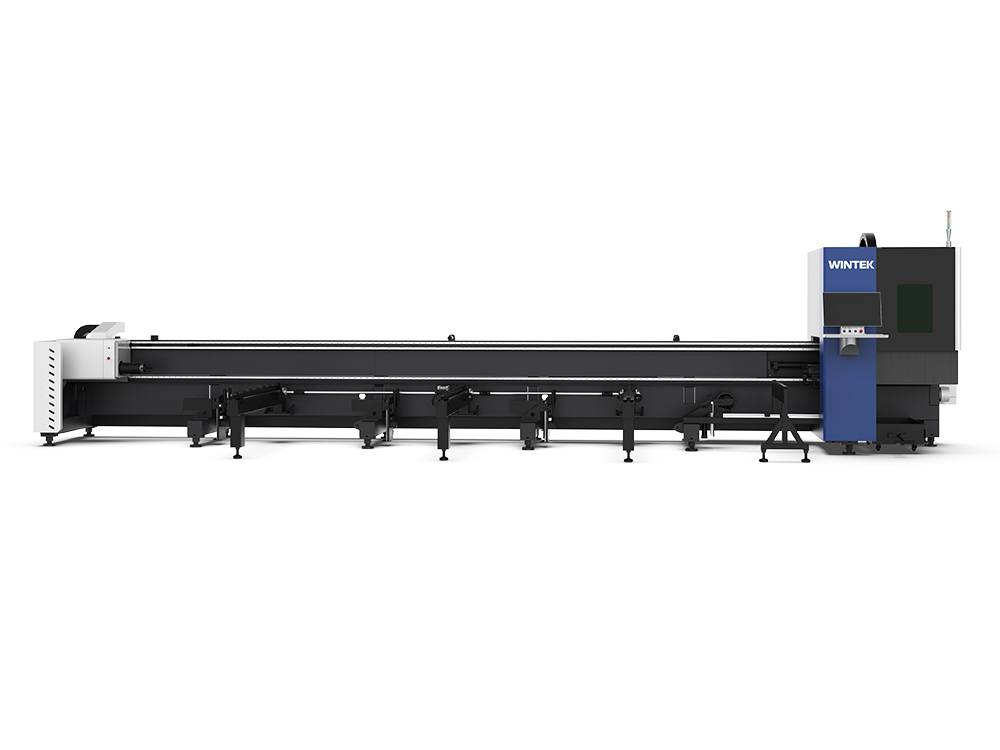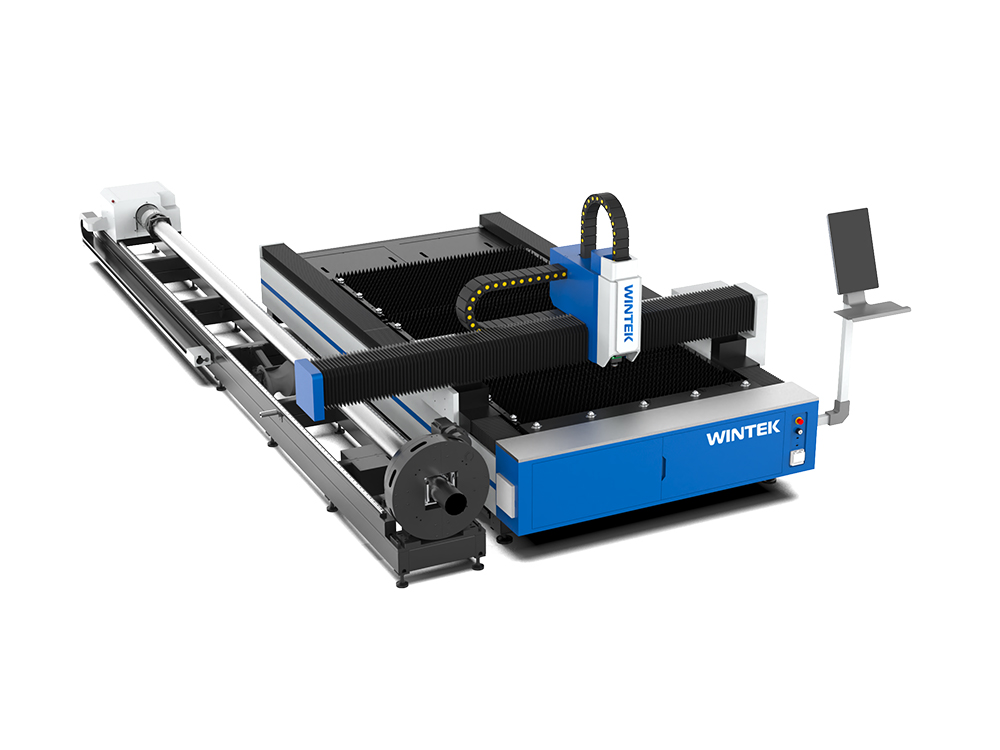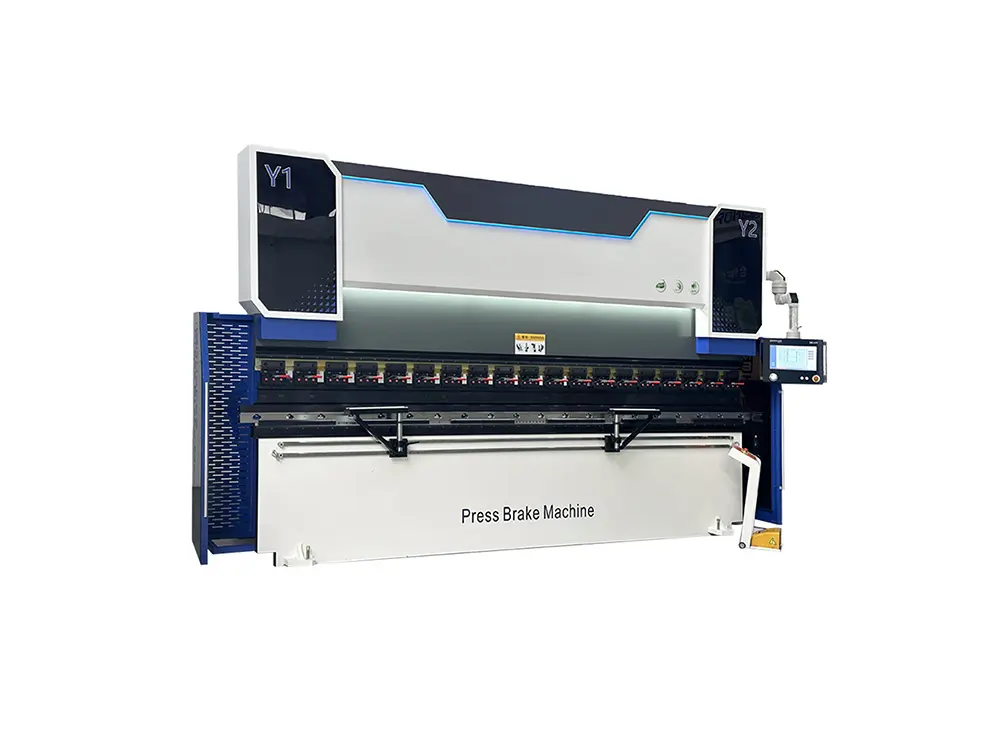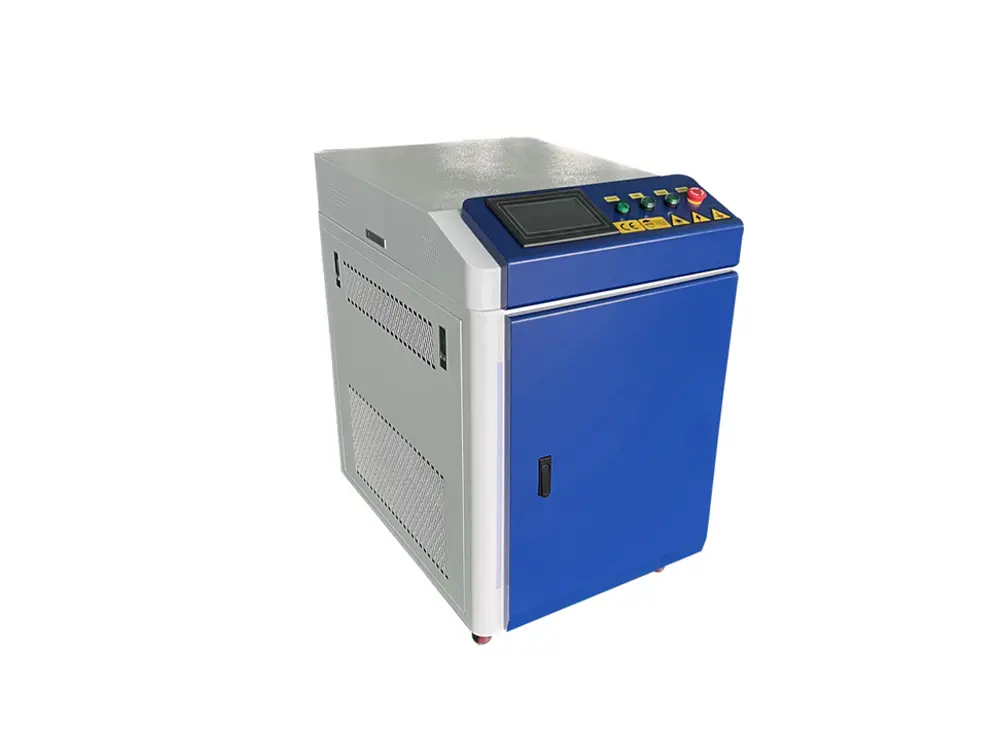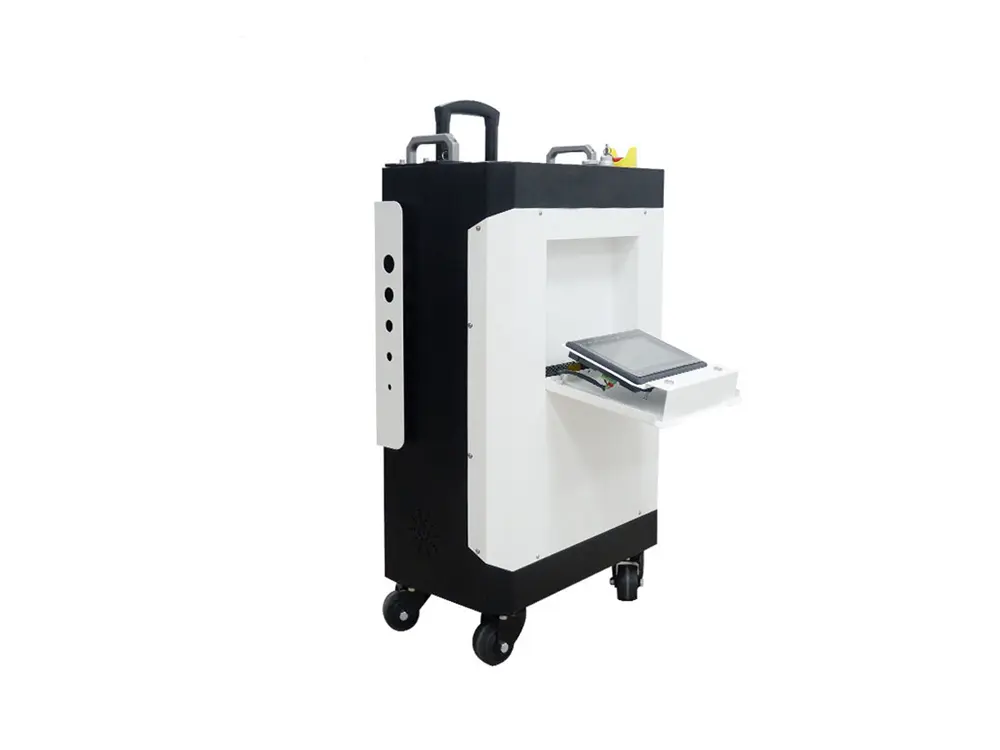Laser cleaning, as a green and efficient cleaning method, is being accepted by more industries and is gradually replacing traditional cleaning methods such as sandblasting and chemical cleaning. At present, the cleaning equipment on the market is mainly handheld laser cleaning machines, which are small in size, easy to operate, and moderately priced, and are welcomed by many companies.
Whether laser cleaning is better than sandblasting depends on the application, the material being cleaned, and the desired results. Here is a comparison to help you decide:
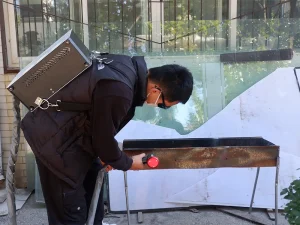
Laser Cleaning vs Sandblasting
1. Basic Concepts
The principle of the laser cleaning machine is to use high-frequency and high-energy laser pulses to irradiate the surface of the workpiece. The coating instantly absorbs the focused laser energy, causing surface contaminants such as oil stains, rust, or coatings to evaporate or peel off. This effectively removes surface attachments or coatings at high speed. The laser pulses with a very short action time will not damage the metal substrate under appropriate parameters.
The sandblasting process uses compressed air as the power source to form a high-speed jet stream that propels abrasive materials onto the surface of the workpiece to be treated. This causes changes to the external surface of the workpiece. The abrasive material impacts and cuts into the rust layer on the surface of the workpiece, achieving a certain level of cleanliness and varying degrees of surface roughness. This process improves the mechanical properties of the workpiece surface.
2. Advantages and Disadvantages
| Laser cleaning | Sand blasting | |
| Cleaning Effect | Accurately remove oxide layers, rust, oil stains, etc. without damaging the substrate. | Suitable for thicker dirt or coatings, but may damage the substrate. |
| Applicable Materials | Suitable for metal, wood, glass, ceramic and other materials. | Mainly suitable for metal, stone and some hard plastics. |
| Convenience of operation | Automatable, portable and easy to operate. | Requires a large amount of abrasive, and requires a sandblasting room or protective equipment. |
| Fineness | High precision, selective stain removal without damaging the substrate. | High roughness, not suitable for precision cleaning. |
| Cost | The initial investment in equipment is high, but the subsequent maintenance cost is low. | The equipment is relatively cheap, but the abrasive consumption is large and the maintenance cost is high. |
| Security | Non-contact cleaning, high safety. | High-speed particle jets may cause harm to the operator. |
| Application Scenario | Automobile, electronics, cultural relics restoration, precision manufacturing, etc. | Shipbuilding, steel structure, heavy industry, construction and other industries. |
Laser cleaning is suitable for high-precision, environmentally friendly, and non-damaging cleaning needs, such as artifact restoration, mold cleaning, and precision instruments. Sandblasting is ideal for large-scale, high-intensity cleaning but may damage the substrate, making it more suitable for heavy industrial applications.
The choice of cleaning method depends on application requirements, cleaning materials, environmental requirements and budget.
3. Development Trend
Laser cleaning technology is advancing rapidly. Firstly, the evolution toward greater efficiency and precision will continue. More advanced lasers will be developed to target contaminants precisely while minimizing damage to the substrate, enabling more complex and delicate cleaning tasks. Secondly, miniaturization and portability will be the main development direction. Design compact and lightweight laser cleaning equipment to make it more convenient for on-site operation. Thirdly, the integration of intelligent monitoring and control systems will be enhanced. These systems can monitor the cleaning process, adjust laser parameters according to the actual situation, and ensure consistent cleaning quality. Finally, energy consumption in laser cleaning processes will be further reduced to align with the global trend toward sustainable development.
Sandblasting technology continues to evolve with an emphasis on improving efficiency, reducing environmental impact, and enhancing safety. Innovation focuses on using more eco-friendly abrasive materials to minimize waste and environmental harm. Dust collection and filtration system improvements are helping to make sandblasting processes safer for operators and the surrounding environment. Additionally, advancements in precision sandblasting technologies are making it possible to perform finer, more detailed work, expanding the technique’s range of applications in industries like automotive manufacturing, metalworking, and surface preparation.
Laser Cleaning vs Sandblasting: Which is Better?
Now, we can recognize the advantages and disadvantages of laser cleaning and sandblasting. By comparing these pros and cons, we can determine which option is the best solution for your project. If you require high-performance cleaning with minimal waste, laser cleaning is the better choice. However, for cost-conscious options, sandblasting might be more suitable. Keep in mind, though, that the operational cost of sandblasting tends to be higher than that of laser cleaning. Ultimately, laser cleaning stands out for its efficiency and performance.
Moreover, if you are looking for a solution for precision parts, it is recommended that you choose the laser cleaning method. Precision parts may include electronic devices and medical or aerospace equipment. On the other hand, sandblasting is popular in heavy industries such as construction and automotive. Therefore, when considering various applications, choosing the right method depends on your project. If you have any questions or need assistance in selecting the most suitable cleaning method, our team of experts is always ready to help. Don’t hesitate to reach out to us!

